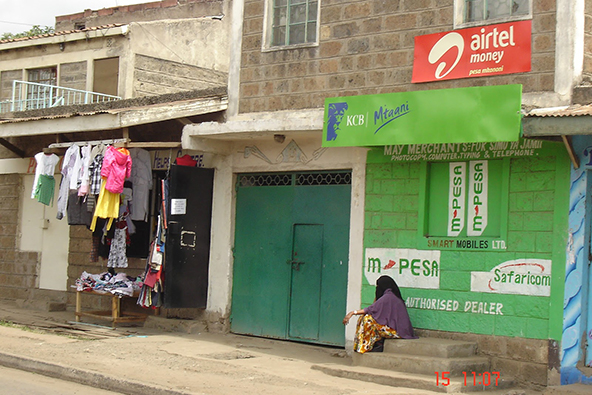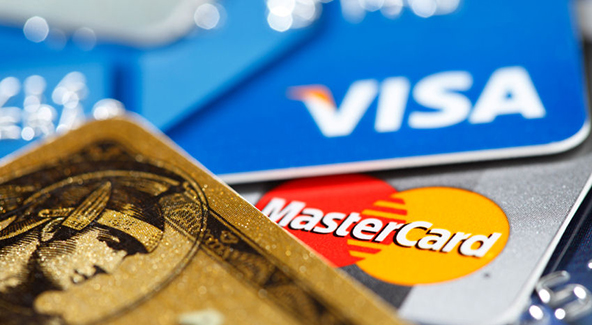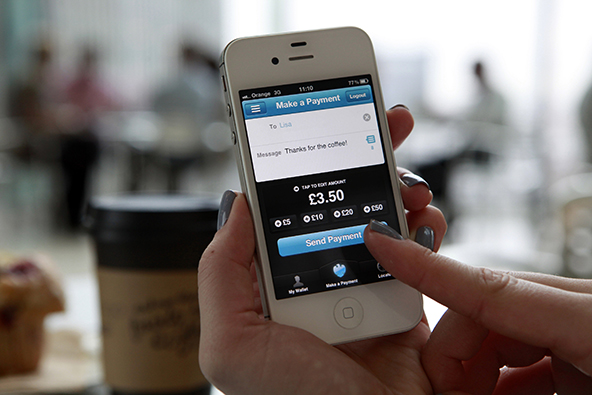M-Pesa’s Success Spurs a Start-up Boom in Kenya

Nairobi has become the “Silicon Savannah”, the Economist informed me this morning. The Kenyan capital’s start-up scene is booming, with exports of technology-related services exploding from “a piffling $16m” a decade ago to $360 million in 2010, we learn. Then in the first two years of the present decade, Kenya’s “quiet tech boom” has led to the emergence of hundreds of new start-ups in Nairobi.
But why is this boom happening in Kenya and not, say, in Nigeria? After all, as the author reminds us, only in 2005 Kenya was a “technological backwater”. Well, three factors are identified as the leading causes for Nairobi’s transformation into an African technology powerhouse. One of these is the “revolution” that began with the launch in 2007 of M-Pesa, the hugely successful mobile payments company, which allows users to send money to one another through their phones and without the need for a bank account. Now, we are told, start-ups are using M-Pesa as “a base for their business”. Let’s see take a closer look.
M-Pesa as the Base for Start-ups
Here is what the Economist is reporting:
Second, Kenya has undergone a revolution since 2007, when M-PESA, a mobile-payments system operated by Safaricom, a phone company, was launched (see chart). Many start-ups at Pivot East use it as a base for their business. One team streamlined the payment of school fees through the service by helping institutions and parents keep track of upcoming and late deposits. Another offered an electronic version of Kenya’s popular informal savings groups. M-PESA has also inspired others. In May Google launched Beba, a pre-paid card for commuters using Nairobi’s local buses. Insiders say that this is a test run for a much larger cashless-payment system.
So what exactly has M-Pesa done to spur this surge in entrepreneurial activity in Kenya? Well, to begin with, the company’s own story is one of a runaway success. M-Pesa opened for business in March 2007. At the end of the month, it had about 20,000 users. By November of that year, the user base had surpassed the 1 million mark and on 1 March 2012, exactly five years after it had launched, M-Pesa had more than 14.6 million users. It would be odd indeed if such a story did not inspire other Kenyan would-be entrepreneurs.
But M-Pesa’s influence over Kenya’s start-up scene extends well beyond its inspirational value. The company processes about 40 percent of all payments in Kenya, according to a Western Union executive, as quoted on Africa.com. At this scale, M-Pesa’s presence in the East African country is already inescapable and yet, the company is likely to become even more omnipresent. Earlier this year, Western Union has partnered with Safaricom, M-Pesa’s parent company, “to offer mobile money transfer services to Kenyans living abroad”.
Of course, it also helps that M-Pesa is now a big player in a very hot industry that is still in its infancy, so it is only natural that local start-ups would be exploring alternative options for using its platform or perhaps upgrading it.
When the Government Is Part of the Solution
But perhaps the biggest force driving the mobile payments revolution in Kenya, and the reason the “Silicon Savannah” has become a possibility, is the country’s government. That point has been made before. Back in July, we quoted the World Bank’s Lead Economist in Kenya crediting local regulators:
First, Kenya’s regulators enabled the mobile money take-off. The Central Bank in particular played a very progressive role and allowed “regulation to follow innovation”, while reassuring the market of its oversight. The regulator agreed that mobile money agents needed only limited requirements to enter the business, as they were not providing banking services, while the operator behaved as if it was regulated and periodically reported financial and usage data as Banks do.
Now The Economist is crediting the country’s information ministry with Nairobi’s newly bestowed status as a high-tech hub:
In 2005, when Bitange Ndemo was appointed as permanent secretary to the ministry of information and communications technology (ICT), Kenya was a technological backwater. Access to the internet was available only through satellite connections and was wallet-sappingly expensive. In 2009 Mr Ndemo brought the first of four undersea internet cables to the Kenyan coast. Prices plummeted and bandwidth exploded. Just under 12m of the country?ÇÖs roughly 40m people now use the internet, a number that has trebled since 2009.
The hope now is that other African governments will follow Kenya’s example and it seems that Nigeria, the continent’s most populous country, is already doing just that. Africa.com tells us that The Central Bank of Nigeria (CNB) has launched the “Cash-less Lagos” project. Under the new policy, a “cash-handling charge” will be assessed on cash transactions above a certain minimum, with the goal of “reducing (NOT ELIMINATING) the amount of physical cash (coins and notes) circulating in the economy”. CNB hopes that its initiative will eventually lead to the replacement of cash transactions by mobile ones, presumably facilitated by an M-Pesa-type of service.
The Takeaway
M-Pesa provides one of the best examples we have of what is possible in Africa when the right incentives are in place. And, as the Economist piece testifies, the company’s success story has proved highly contagious in Kenya and we are beginning to see its effects across the country’s borders. Let’s hope that the entrepreneurial contagion will keep spreading.
Image credit: Thinkm-pesa.com.


